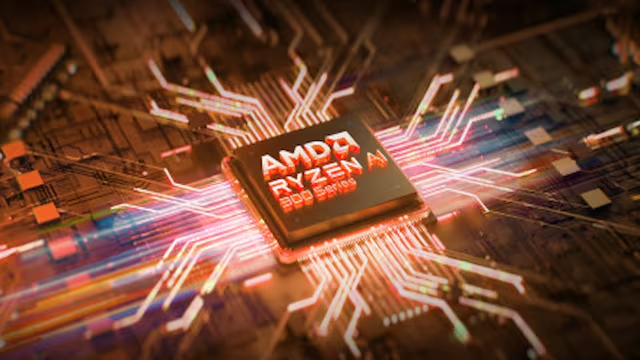AMD Sees $1.5 Billion Revenue Hit from U.S. Export Curbs, But AI Demand Drives Strong Forecast
Advanced Micro Devices (NASDAQ: AMD) said on Tuesday it expects to take a $1.5 billion revenue hit in 2025 due to new U.S. export restrictions on advanced AI chips to China. The announcement highlights the growing impact of geopolitical tensions on the global semiconductor industry, as Washington intensifies efforts to limit Beijing’s access to cutting-edge technologies.
Despite the expected loss, AMD delivered a second-quarter revenue forecast that surpassed Wall Street expectations, driven in part by customers accelerating purchases ahead of looming tariffs. The company’s stock moved higher in after-hours trading—rising nearly 1%, after earlier swings between a 6% gain and a 3.5% decline.
U.S. export controls, first introduced under the Trump administration and expanded under President Biden, are aimed at preventing China from acquiring high-end chips needed for advanced artificial intelligence systems. These curbs have forced companies like AMD and Nvidia (NASDAQ: NVDA) to obtain export licenses before shipping certain processors to China.
During a conference call with analysts, AMD CEO Lisa Su said the financial impact from the new controls would be concentrated in the second and third quarters of this year. Nevertheless, Su expressed confidence in the company’s outlook, noting that AI-related revenue from its data center business is still expected to grow by “strong double digits” in 2025.
“It’s certainly a headwind, but one which we think is well contained given everything else that we have going on,” Su said.
In April, AMD had already flagged an $800 million charge linked to the updated U.S. tariffs. On Tuesday, it forecast an adjusted gross margin of 43% for the year, down 11 percentage points when factoring in the tariff-related charges.
China represents about 25% of AMD’s total revenue, and the projected $1.5 billion shortfall would reduce AMD’s 2025 revenue by nearly 5% based on Wall Street’s current forecast of $31.03 billion, according to LSEG data.
AMD CFO Jean Hu confirmed that the revised guidance reflects the latest round of export controls announced in April.
Analysts suggest the company’s stronger-than-expected forecast may be partly due to “pull-forward” purchases by large cloud service providers trying to beat the export clock.
“The subtext is hard to miss; big hyperscalers would rather accelerate purchase order dates than risk export-license roulette,” said Michael Schulman, CIO at Running Point Capital. “The flip side is that, once those safety-stock closets are full, Q3 could feel like the morning after a Red Bull binge.”
AI Momentum Offsets Trade Headwinds
Despite the challenges in China, AMD’s strong second-quarter outlook signals continued demand for its AI processors. Cloud giants like Microsoft (NASDAQ: MSFT) and Meta Platforms (NASDAQ: META) have committed to ramping up AI infrastructure spending, helping fuel AMD’s growth.
The company expects revenue of around $7.4 billion in the second quarter, plus or minus $300 million—topping analysts’ average estimate of $7.25 billion.
Data center revenue surged 57% to $3.7 billion, exceeding consensus estimates of $3.62 billion. Much of AMD’s AI hardware, including its Instinct chips, falls under this segment.
Overall, AMD reported total revenue of $7.44 billion for the first quarter, up 36% from a year earlier and ahead of expectations. Adjusted earnings came in at 96 cents per share, beating forecasts by 2 cents.
Meanwhile, other tech firms in the sector reported disappointing news. Chip designer Marvell Technology (NASDAQ: MRVL) delayed its planned investor day to 2026, citing economic uncertainty. Server manufacturer Super Micro (NASDAQ: SMCI) trimmed its 2025 revenue forecast, raising questions about its position in the crowded AI hardware space. Marvell and Super Micro shares dropped 4.5% and 5%, respectively, in after-hours trading.



